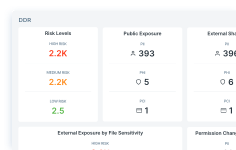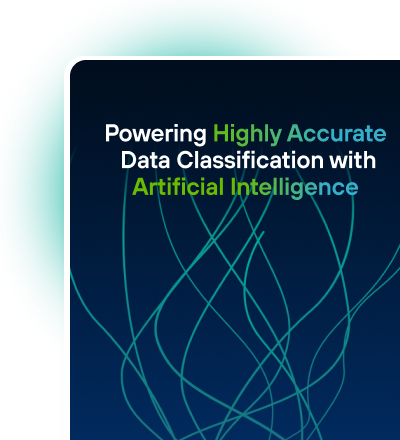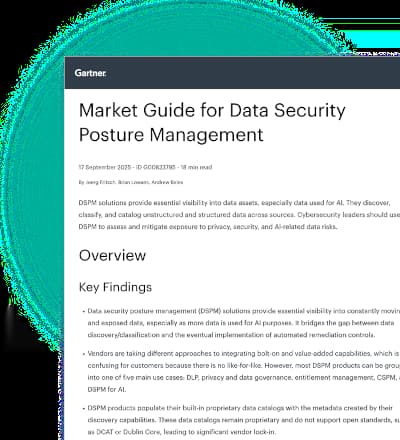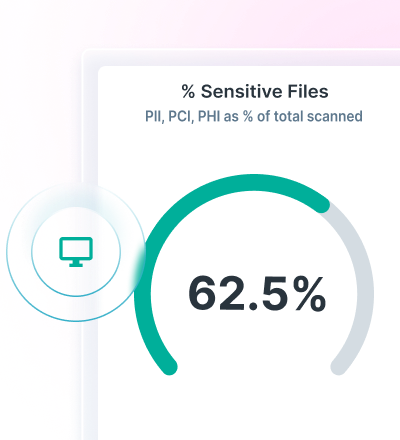How Dynamic Data Monitoring Can Stop Data Breaches
0 min read

Lionel Menchaca
According to Statistica, over 400 million terabytes of data are created every day. That translates to about 181 zettabytes of data expected in 2025—a growth rate of more than 23% year over year. That means companies have a lot of data to protect, especially as employees are now accessing data from multiple locations with multiple devices.
That’s why dynamic data monitoring is an important concept.
What is Dynamic Data Monitoring and How Does it Work?
Dynamic data monitoring refers to the continuous, dynamic observation and analysis of data activities, access patterns and security events across cloud and hybrid environments. This approach goes beyond static assessments by providing ongoing vigilance over how data is accessed and used—enabling organizations to detect and respond to threats as they emerge.
- Continuous Monitoring: Data Detection and Response (DDR) solutions with dynamic monitoring capabilities track data-related activities as they happen, including who accesses sensitive data, the changes made to the files and the change in sensitivity of the files. This monitoring covers data in use, user behavior and access permissions across environments, including cloud, on-premises and hybrid infrastructures.
- Mediation and Enforcement Capabilities: Advanced DDR platforms not only detect threats but can also flag events for remediation, such as revoking access, enforcing policies or initiating incident response workflows to contain risks in real time.
- Comprehensive Risk Assessment: Dynamic monitoring feeds into broader DSPM capabilities, including data discovery, classification and posture assessment. This ensures organizations maintain an up-to-date understanding of their security landscape and can adapt protections as data moves or as threats evolve
Common Risks and Threats to Monitor
1- Identifying and Remediating Over-Permissioned Files - By monitoring access patterns, DDR identifies users or groups with unnecessary or excessive permissions, reducing the risk of privilege misuse or escalation.
2- The Need for Rapid Incident Response - DDR accelerates investigation and response by prioritizing alerts based on data sensitivity and providing context for security teams to act quickly.
3- Detecting suspicious events related to permissions – After detecting these suspicious permissions, DDR allows security teams to enforce actions for mitigating these suspicious events.
How to Prevent Data Breaches
Forcepoint DDR (a Forcepoint DSPM add-on) provides continuous threat detection and enhanced data risk visibility, crucial for managing the complexities of dispersed data. DDR’s dynamic responses ensure robust defense against data breaches, continuously identifying, monitoring, and responding to threats.
Using AI Mesh, Forcepoint DDR offers optimal data context and unique data lineage tracking for unstructured data, giving extensive visibility across cloud and endpoints.
If you’re interested in identifying at-risk data in your organization’s environment, sign up for a free Forcepoint Data Risk Assessment today.

Lionel Menchaca
Read more articles by Lionel MenchacaAs the Content Marketing and Technical Writing Specialist, Lionel leads Forcepoint's blogging efforts. He's responsible for the company's global editorial strategy and is part of a core team responsible for content strategy and execution on behalf of the company.
Before Forcepoint, Lionel founded and ran Dell's blogging and social media efforts for seven years. He has a degree from the University of Texas at Austin in Archaeological Studies.
- Expose risk with a free Forcepoint Data Risk Assessment
In the Article
 Expose risk with a free Forcepoint Data Risk AssessmentSign up for a Data Risk Assessment
Expose risk with a free Forcepoint Data Risk AssessmentSign up for a Data Risk Assessment
X-Labs
Get insight, analysis & news straight to your inbox

To the Point
Cybersecurity
A Podcast covering latest trends and topics in the world of cybersecurity
Listen Now









